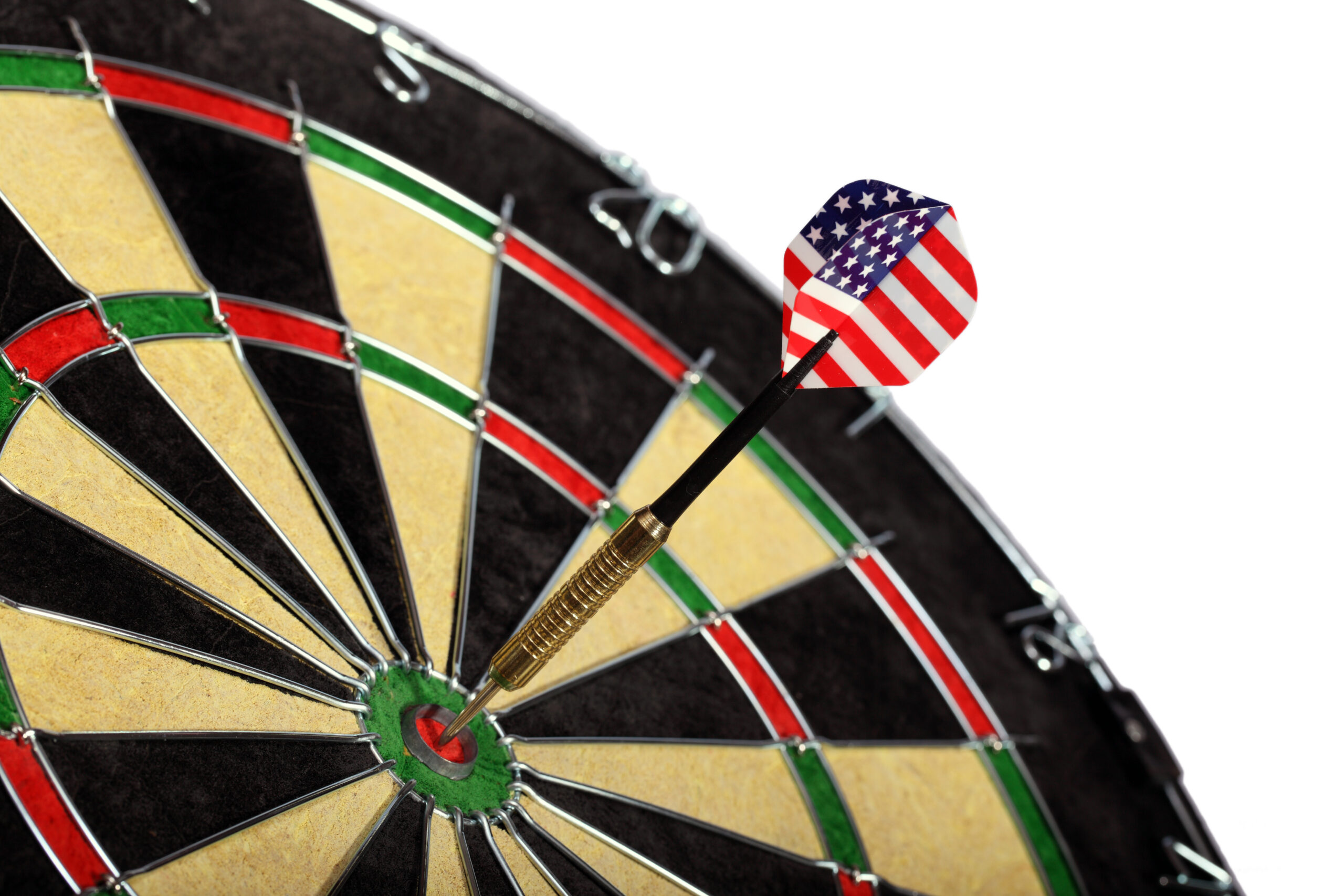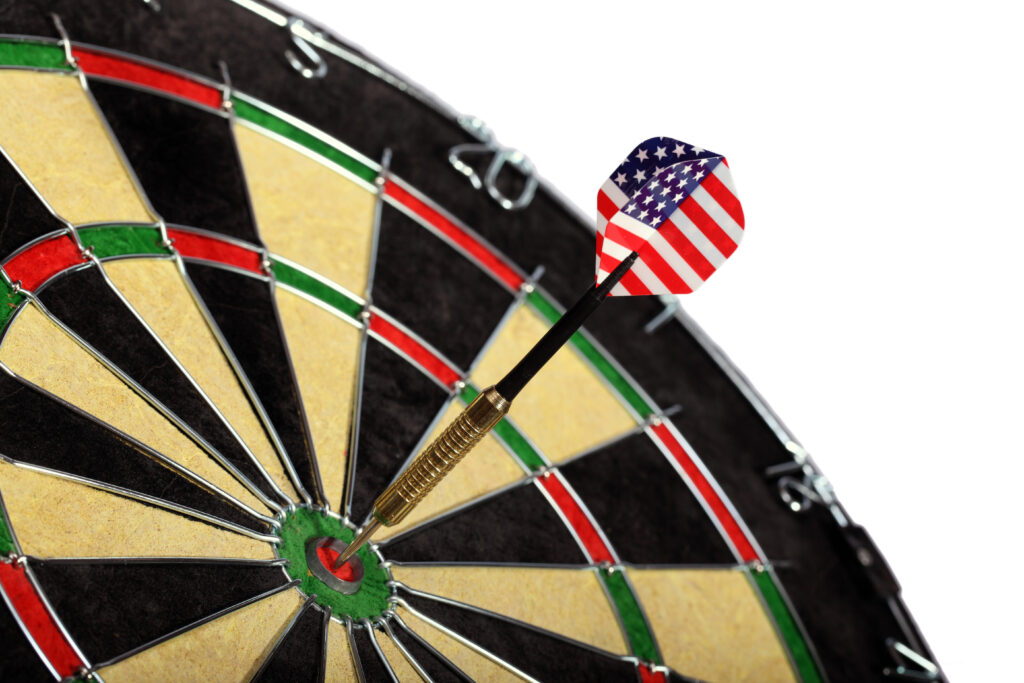Direct marketing has been around for decades, and it’s still one of the most effective ways to generate leads and sales. It involves reaching out directly to potential customers through various channels such as mail, email, phone calls or social media. With advancements in technology, direct marketing has evolved from traditional methods like sending letters and catalogues to more modern approaches that include digital advertising campaigns and targeted emails.
Introduction to Direct Marketing Lead Generation
Direct marketing is a strategy used by businesses to reach their desired audience directly with promotional messages. Its main goal is to drive engagement, generate leads, and increase conversions. This type of marketing can be personalized based on customer demographics, interests, behaviors, and preferences. By tailoring your message to specific groups of people, you can improve the chances of getting positive responses.
The Five Components of Direct Marketing
There are five essential components of successful direct marketing lead generation:
1. Target Audience – Identify who your ideal customer is and create a profile of them. Know what they want, need, and care about.
2. Offer – Develop an offer that will appeal to your target audience. Make sure it’s compelling enough to grab their attention and encourage action.
3. Creative – Create high-quality creative materials that align with your brand image and messaging. Use eye-catching visuals and persuasive language to make your offer irresistible.
4. List – Build a list of contacts that includes your target audience. You can use data analytics tools to segment your database and identify the best prospects.
5. Testing – Continuously test different elements of your campaigns (such as headlines, images, offers) to see which ones perform better and optimize accordingly.
Effective Direct Marketing Techniques
Some of the most effective direct marketing techniques include:
1. Email Marketing – Sending targeted emails to subscribers who have opted into receiving communications from your brand. Personalize your content and subject lines to maximize open rates and click-throughs.
2. Social Media Advertising – Using paid ads on platforms like Facebook, Instagram, Twitter, LinkedIn, etc., to promote your products/services and attract new customers.
3. Search Engine Marketing – Running PPC campaigns on search engines like Google, Bing, Yahoo! to appear at the top of relevant searches.
4. Mobile Marketing – Reaching consumers via mobile devices through text messages, push notifications, app-based advertising, etc.
Types of Direct Marketing: From Mailbox to Inbox
As technology continues to advance, so do the types of direct marketing available. Here are some examples of how direct marketers are leveraging different channels to reach their audiences:
1. Traditional Methods – Postcards, flyers, brochures, catalogues, etc. These tactile pieces continue to work well for certain industries and demographics.
2. Digital Advertising – Display banners, video pre-roll, native ads, sponsored posts, etc. These formats allow brands to showcase their products/services in front of highly engaged online audiences.
3. Email Marketing – As mentioned earlier, email remains one of the most powerful direct marketing channels when done right.
4. Social Media Messaging – Brands are now using chatbots and other automated tools to interact with customers on social media platforms like Messenger, WhatsApp, etc.
Conclusion
Direct marketing has come a long way since its early days of mailing letters and catalogues. Today, there are countless opportunities for businesses to connect with their target audience through various channels. Whether you choose traditional methods or embrace new technologies, remember to focus on creating compelling offers, building quality lists, testing continuously, and delivering value to your customers.






